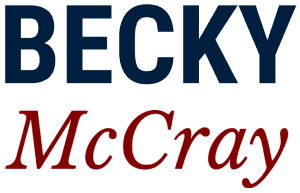“What do you want in the park?” is the wrong question
North Shore is a small town on the edge of the remote Salton Sea in California. It used to be a popular tourist destination. As the Salton Sea has grown more salty and polluted, tourism has gone away. About 3,500 people live there now and around 95% are Hispanic or Latino.
Monique Lopez was one of the people who worked with the people of North Shore on a project called Nuestro Lugar or “Our Place.” I heard her talk about it at the Rural Creative Placemaking Conference a few years ago.
One part of Nuestro Lugar was revitalizing a local park, and they wanted to get more people involved than just the officials and the same volunteers who do everything.
You know the Old Way to do that: public input sessions, community meetings, that sort of thing. The officials ask people, “What do you want us to put in the park?” Then people give the officials a long list of wants and complaints. And the officials say, “Thanks for your input.” And then they go back to city hall and say, “There is no way we can afford to do any of that.” Then people are frustrated and say, “We tried to tell the city, but they never listen.”
But you’re Idea Friendly people. And maybe you serve in some role where you might conceivably ask people for ideas about parks or something else. That’s why you’ll love the question that Monique and Nuestro Lugar asked.
They started by asking, “How do you see our community? What kind of community do we want to be?” Ideas for the community, including the park, flowed from that discussion.
The Nuestro Lugar group found that food was a common theme in people’s answers: making and sharing food was an important family activity, and many people made and sold food as a side business.
One of the projects that came out of that insight was a regular food market in the park, just booths and tables where people could sell. Then other people can come and buy, maybe make a picnic of it right there in the park. That’s the kind of inexpensive community-building idea that would hardly come up at the usual “public input” session. And it matches the kind of community they want to be.
Here’s the practical step for you:
Before your next public input session, rewrite your questions to ask about the kind of community people want to live in, not just this one project location.
